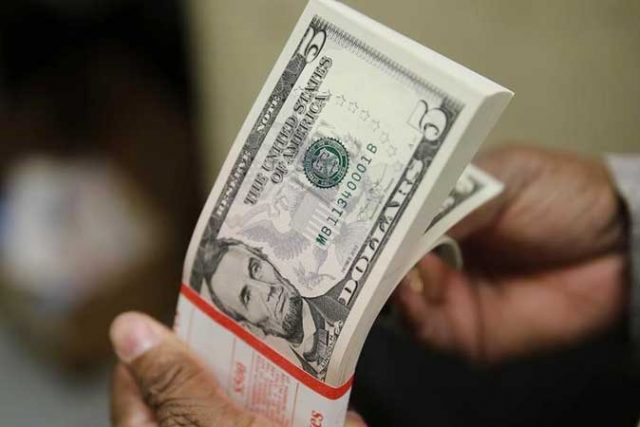January FDI inflows highest since 2019

FOREIGN INVESTMENT flows to the Philippines recovered in January to the biggest monthly print since 2019, which the central bank attributed to investor optimism as the economy gradually reopened.
Net inflows of foreign direct investments (FDI) surged by 41.5% to $961 million in January from $679 million a year earlier and nearly double the $509 million in December, data from the Bangko Sentral ng Pilipinas (BSP) showed.
This was the biggest monthly FDI inflow since the $1.362 billion logged in December 2019, just before the coronavirus disease 2019 (COVID-19) outbreak started spreading around the world.
“This development reflects the investors’ optimism at the start of the year due in turn to the gradual reopening of the economy under the ‘new normal’ condition, easing of lockdown measures, and positive news about the rollout of COVID-19 vaccines,” the BSP said in a statement.
FDI inflows mainly increased due to investments through debt instruments, which more than doubled (116%) to $535 million from $248 million a year earlier.
Equity other than reinvestment of earnings inched up by 0.5% to $351 million. Placements slid by 3.3% to $362 million, while withdrawals slumped by 57.9% to $10 million.
Investments mainly came from Singapore, Japan and the Netherlands and were channeled mostly to businesses such as financial and insurance; manufacturing; and professional, scientific and technical industries, the BSP said.
Meanwhile, reinvestment of earnings fell by 9.2% to $74 million in January, from $82 million a year ago.
Inflows through equity and investment fund shares likewise slipped by 1.4% to $426 million from $431 million.
Amid the pandemic, FDI inflows to the Philippines declined by a quarter to $6.542 billion in 2020, from $8.671 billion in 2019. This was the lowest annual tally since the $5.63-billion FDI inflows recorded in 2015.
This year, the central bank expects FDI to grow by $7.8 billion due to the expected recovery.
FDI flows in January reflect the optimism for the Philippines’ recovery at the beginning of the year, Security Bank Corp. Chief Economist Robert Dan J. Roces said in an e-mail.
“Rising cases locally and the resulting curbs could have dampened this, however,” he said.
As of Monday, the Health department reported 11,378 new cases, bringing the active cases to 157,451 — the highest in Southeast Asia.
Lockdown restrictions in Metro Manila and nearby provinces were slightly eased on Monday, amid pleas from the business community to reopen the economy.
Meanwhile, the country’s tax reform agenda may also have attracted more investors and drove FDI flows higher in January, said Rizal Commercial Banking Corp. Chief Economist Michael L. Ricafort.
“Some foreign investors may have started to come in view of the progress made on the CREATE (Corporate Recovery and Tax Incentives for Enterprises) Law,” Mr. Ricafort said in a note.
Republic Act 11534 was signed into law on March 26. It brings down the corporate income tax immediately to 25% from 30%, and will reduce it further by 1 percentage point every year from 2023 to 2027. — Luz Wendy T. Noble
